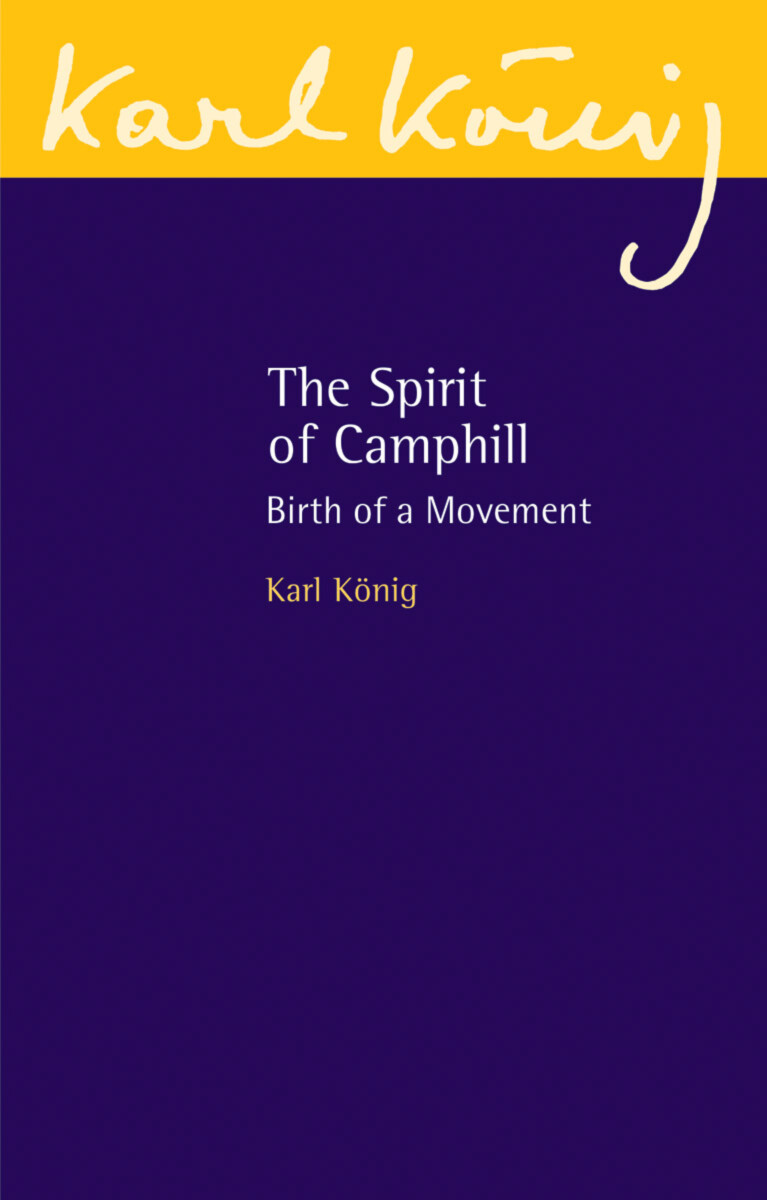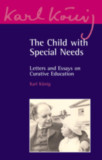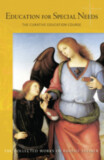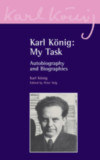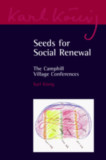- Publisher
Floris Books - Published
27th July 2018 - ISBN 9781782504979
- Language English
- Pages 272 pp.
- Size 5.4" x 8.5"
Fleeing from Nazi Europe in the late 1930s, Austrian-born Karl König and his colleagues founded the first Camphill community, for children with special needs, outside Aberdeen in the north of Scotland. The seven essays by König in this book explain the principles behind what would grow to become a worldwide movement.
The insights in this book reveal the inner motivations that drove König and his team to persevere with their social project, and help modern-day readers to understand how they succeeded in building a network that now numbers over one hundred communities in twenty countries around the world.
Includes extensive diary excerpts, documents and photographs from the Karl König Archive.
C O N T E N T S:
Introduction, by Richard Steel
Outcasts in Scotland: Pioneers in an Old Manse
The Candle on the Hill
Three Stars, Pillars and Essentials, by Richard Steel
- The Three Stars of the Camphill Movement
- The three Pillars of the Camphill Movement
- The Three Essentials of Camphill
The Birth of a Movement
Modern Community Building
Address to the Tutzinger Stern
Appendix:
- Fragments from the Story of Camphill 1939–1940, by Anke Weihs
- W. F. Macmillan and the Beginnings of Camphill
- Karl König’s Star Chart Drawing, by Alan Thewless
- Notes of a Lecture in Sheffield
- Letter to Carlo Pietzner
- The Spirit like a Dove: The Logo of Camphill, by Richard Steel
Notes and Sources
Bibliography
Index
Karl König
Dr. Karl König (1902–1966) born on September 25th 1902 in Vienna, Austria, the only son of a Jewish family who owned a shoe shop. He studied zoology, biology, and medicine at the University of Vienna, graduating in 1927. During his studies on embryology, König encountered the works of Rudolf Steiner through Goethe's scientific writings. He immediately identified with Steiner and was soon acquainted with a number of his followers, including Ita Wegman.
Upon graduation, König was offered several high-profile positions in Vienna, but instead accepted an invitation from Ita Wegman to join her clinic in Arlesheim, Switzerland.
König's time at the Clinic would shape the Camphill movement. It was here that he met his wife and co-founder, Tilla Maasberg, and it was here that he first witnessed the Advent Garden. During this festival, during which children with learning disabilities circle a spiral of moss, lighting a candle from a large central beacon, he promised to dedicate his life “to the care and education of these children.”
Following his time at Arlesheim, König moved to Germany and was involved in founding the Pilgramshain Institute—one of the early curative educational (therapeutic) centers based on anthroposophy. However, due to the political pressure of the Nazi regime, König was forced to leave Germany in 1936. He returned to Vienna, where he operated a successful medical practice and led anthroposophic study groups until 1938.
Fleeing Austria after Nazi annexation in 1938, König became part of a small group of doctors, teachers, and artists to be granted political asylum in the United Kingdom in 1939. König moved to Aberdeenshire, Scotland, where this group founded a home for children with learning disabilities, which became the beginning of the Camphill movement. After World War II, more schools were established, as well as curative education villages for adults with disabilities, based on the ideal of working together as a community.
In the following decades, König's Aberdeenshire community grew and expanded into Britain, Europe, and North America, becoming the Camphill movement we know today. During this period, König worked tirelessly to help children and adults with special needs through publications, talks, and seminars—as well as by establishing communities around the world.
Karl König returned to Germany in 1964 and began yet another community, this one near Überlingen, on Lake Constance (Bodensee), where he died in 1966.


